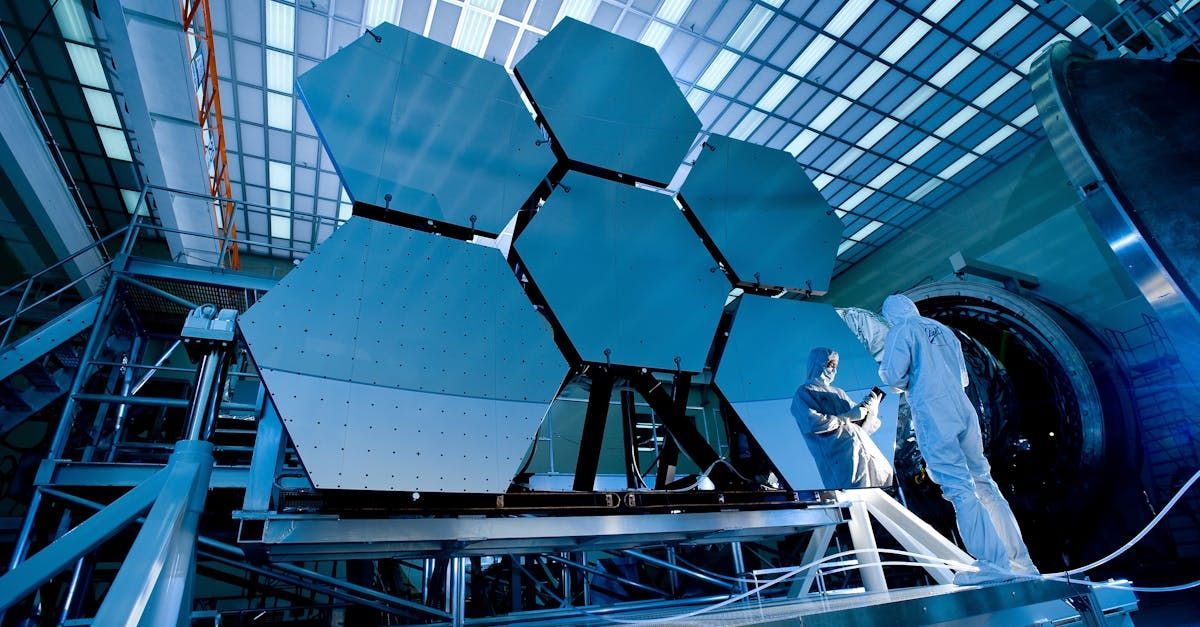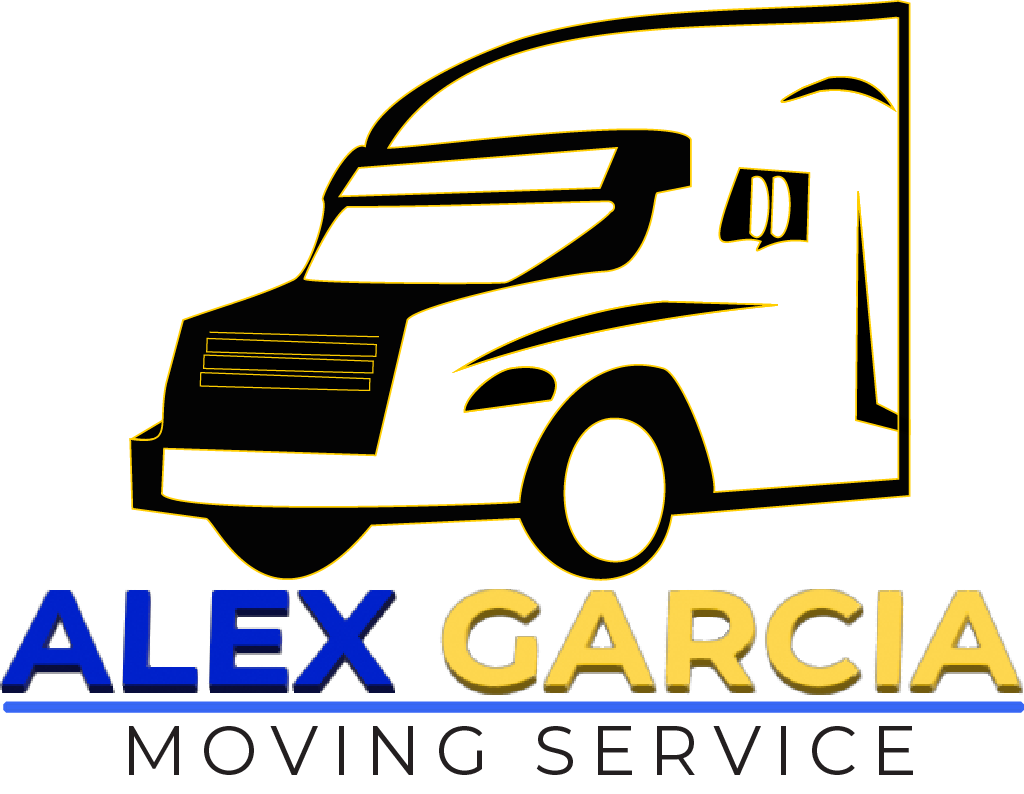Expert Medical Equipment Moving Services | Safe & Efficient Relocation by Alex Garcia
Expert Medical Equipment Moving Services | Safe & Efficient Relocation by Alex Garcia

Moving medical equipment can be a daunting task, but with the right approach, it becomes manageable and stress-free. To safely and efficiently relocate medical devices, one must prioritize proper planning and preparation. Ensuring every piece of equipment is packed securely helps prevent damage and maintains patient safety.
We understand that the process might seem overwhelming, but finding the right moving partner can significantly ease the burden. Professionals in this field are equipped with the knowledge and tools to handle everything from small lab essentials to large MRI machines. By following a careful step-by-step approach, we can ensure that all equipment reaches its new destination intact and ready for use.
Effective planning involves creating a detailed inventory and understanding the specifications of each item. This preparation not only reduces the risk of errors but also helps us stay on schedule during the move. In turn, proper execution and efficient post-move adjustments guarantee that our medical facilities continue to operate smoothly.
Key Takeaways
- Prioritize proper planning and secure packing.
- Select a knowledgeable moving partner to ease the process.
- Execute and adjust for continued efficiency post-move.
Planning and Preparation
When relocating medical equipment, careful planning and preparation are essential.
We must focus on assessing risks, selecting experienced movers, scheduling the relocation, and organizing the move to ensure the safety and efficiency of the process.
Assessment and Risk Management
Before moving medical equipment, it's crucial to perform a risk assessment. We should catalog all items, noting their make, model, dimensions, and weight.
This helps us understand the specific challenges and risks involved.
Musculoskeletal injuries can occur if heavy items are not moved correctly. By conducting a thorough risk assessment, we prevent injuries and equipment damage. It's also important to identify any fragile or sensitive devices needing special handling.
Checklist:
- Inventory of equipment
- Assessment of risks and potential hazards
- Identification of special requirements
Choosing a Professional Moving Partner
Choosing professional movers with experience in handling medical equipment is vital. That's why partnering with Alex Garcia Moving Service Inc. can be a game-changer. Their team is skilled in moving delicate devices, minimizing the risk of damage. It's important to verify their qualifications and references.
Professional movers ensure that prescription pads, appointment cards, and other essential items are safely transported. They also handle complex tasks like dismantling and reassembling large equipment, ensuring that everything is reinstalled correctly at the destination.
Key Considerations:
- Experience with medical equipment
- References and qualifications
- Services offered (packing, installation, etc.)
Scheduling and Timing
Timing plays a critical role in the relocation process. We must schedule the move during downtime to avoid disrupting our medical practice. Coordinating with all stakeholders, including staff and patients, is essential.
Steps:
- Choose a move date and time.
- Notify patients about the change of address.
- Schedule appointments and services around the move.
By carefully planning the timing, we reduce the impact on patient care and ensure a smooth transition to the new location. This includes updating patient notification systems to keep everyone informed throughout the process.
Pre-Move Planning and Organization
Effective pre-move planning and organization are crucial. We need to pack supplies properly, label them clearly, and create a detailed plan for unpacking at the new location. This helps with efficient setup and reduces downtime.
Tasks:
- Packing and labeling
- Organizing important documents
- Ensuring safe transport of prescription pads, appointment cards, and other critical items
We should also prepare the new facility by setting up the necessary infrastructure, such as power and internet connections, to ensure a seamless transition for our medical practice. Clear and organized pre-move planning sets the foundation for a successful relocation.
Execution and Post-Move Adjustments
During the move of medical equipment, it's crucial to ensure each piece is packed, transported, and set up correctly. We also need to handle necessary administrative tasks and ensure compliance with regulations.
Packing and Transporting Safely
Packing medical equipment safely requires the right materials and techniques. We should use protective padding and custom-sized crates to prevent damage. Heavy equipment might need additional support like cranes or forklifts for lifting and loading.
To protect sensitive devices, we can use anti-static wraps and shock-absorbing materials. During transport, it's important to secure equipment to prevent shifting. GPS tracking can help monitor the location of high-value or sensitive items.
Setting Up at the New Location
Once at the new location, equipment setup should follow manufacturer guidelines. It’s vital to check each item's condition upon arrival and report any damage immediately. Calibration of sensitive devices ensures they function accurately post-move.
For larger machines, we might need specialized installation teams. Ensuring proper electrical and environmental requirements are met is crucial for device operation. Healthcare staff should be briefed on any new procedures or locations for the moved equipment.
Administrative Adjustments
Administrative tasks are crucial during and after the move. We should keep an inventory list to track each piece of equipment. Updating the asset management system ensures we have accurate records.
Communicating with insurance providers about the move can help in case of damage claims. Updating maintenance schedules for relocated equipment keeps them operational. Staff training may be needed to familiarize them with adjustments.
Ensuring Regulatory Compliance
Compliance with regulations is essential. We need to check that all equipment meets local, state, and federal guidelines.
Certification and inspection records should be updated post-move.
We also need to follow regulations related to patient data if any devices store sensitive information. Reporting any changes or incidents to regulatory bodies promptly ensures we stay compliant. Keeping detailed records of all steps taken helps in any audits.
Frequently Asked Questions
Moving medical equipment requires careful planning and adherence to regulations. Here, we address some common questions regarding the best practices and considerations involved in the process.
What are the best practices for packing delicate medical instruments for a move?
We recommend using sturdy, padded cases specifically designed for medical instruments. It’s important to label everything clearly and use bubble wrap and other cushioning materials to prevent damage. Ensuring that all instruments are clean and sterilized before packing is also crucial.
Which regulatory considerations must be adhered to when relocating medical equipment?
There are several regulations to follow, including HIPAA for patient privacy and specific healthcare industry standards. The moving team should be trained to comply with these rules to ensure legal and safe transportation.
How do you ensure the calibration of sensitive medical devices is maintained during transport?
We suggest securing sensitive devices properly and using shock-absorbing materials during the move. It’s also advisable to check the calibration immediately upon arrival and have professionals ready to recalibrate if necessary.
Can you outline the steps for decommissioning and recommissioning medical machinery?
First, follow the manufacturer's guidelines for decommissioning. This often includes power-down procedures and disconnecting any fluids or gases. For recommissioning, it’s essential to follow setup instructions carefully, check all connections, and perform operational tests before use.
What measures should be taken to protect medical equipment from environmental factors during relocation?
It’s important to protect medical equipment from temperature fluctuations, moisture, and dust. Use climate-controlled transport if necessary. Seal devices in protective coverings and use desiccants to mitigate humidity.
Who should be involved in the planning process for the transportation of healthcare technology?
Key stakeholders should include medical professionals familiar with the equipment, logistics experts, and compliance officers. Involving all relevant parties ensures that the move is conducted smoothly and within regulatory guidelines.



